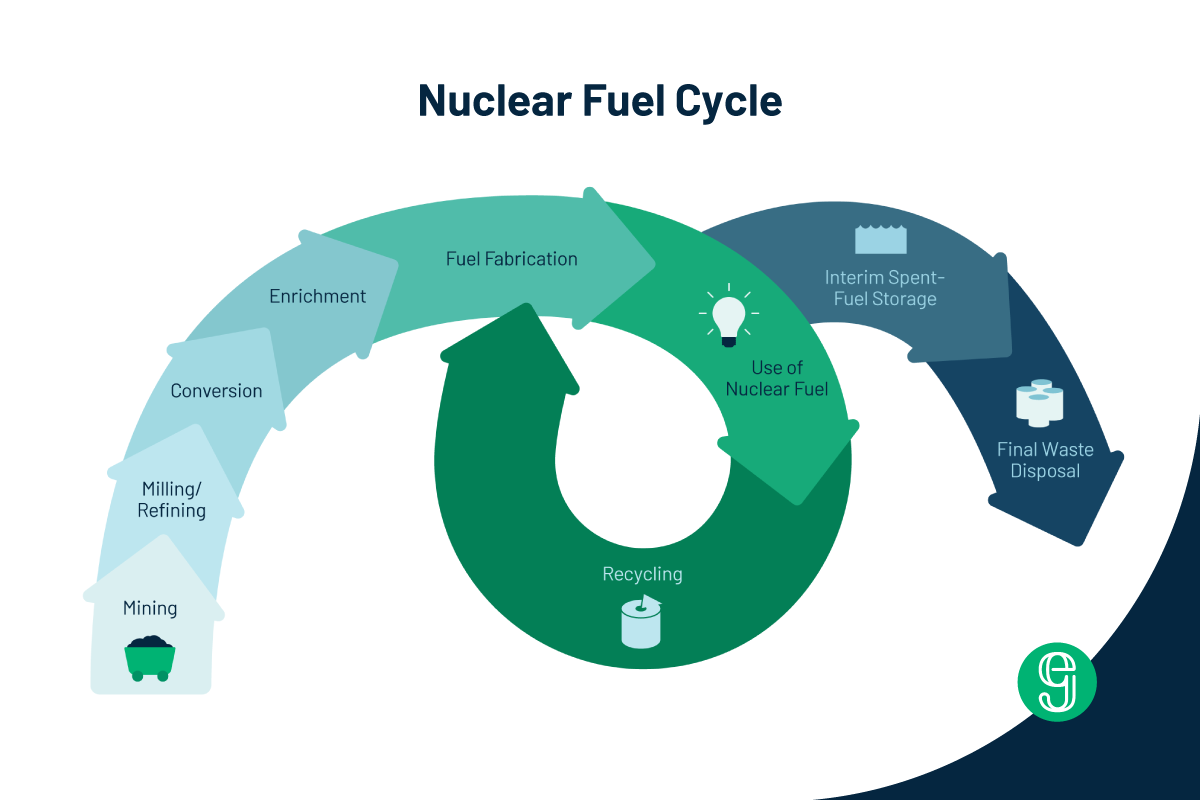Jackie shares insights from a recent convening on siting nuclear projects.

Photo by Seth Kirshenberg, Aug. 3, 2022
Siting new nuclear energy technologies will have a lot to offer communities—jobs, tax revenues, low-carbon power, and economic development. But to get to that point, project developers must follow a process that respects, involves, and accommodates communities’ interests, values, and concerns about nuclear.
From Aug. 3 – Aug. 5, Good Energy Collective was onsite in Salt Lake City, Utah, to cosponsor the Energy Communities Alliance’s Forum on Hosting New Nuclear Development and talk about these issues. The fantastic team at ECA brought together local, state, and federal officials, Tribal leaders and members, economic development officials, reactor developers, engineering and construction contractors, national laboratory scientists, academia, and energy nonprofits.
Even with each of our different equities, everyone seemed to agree: The way we site new nuclear power projects needs to involve local community stakeholders much earlier and more comprehensively than in the past. Back then, utilities decided where they wanted to build long before announcing a project and left communities with little recourse to learn about it before the licensing was well underway. New nuclear reactor siting efforts won’t succeed if utilities and developers follow those old processes.
Participants met to knowledge-share on best practices and areas for improvement. We heard from city officials from Kemmerer, Wyoming, about their excitement at hosting TerraPower’s Natrium reactor demonstration later this decade—and how 83% of residents polled support bringing advanced nuclear energy to their county.
We heard from Richard Arnold, chairman of the Pahrump Paiute Tribe, spokesperson for the Consolidated Group of Tribes and Organizations, and member of the Nuclear Energy Advisory Committee. He reminded participants that no one knows our country’s lands better than the tribes, and that the federal government has important trust responsibilities to uphold with Tribal nations. He’s seen some positive initiatives at the national, state, and regional levels to increasingly involve tribes on nuclear issues. Still, there’s more that everyone needs to do to ensure more meaningful interactions occur between Tribal groups and other stakeholders.
Assistant Secretary for Nuclear Energy Kathryn Huff said that communities need to be included in a clean energy transition, and that this transition “should be a symbol of hope.” It certainly can be: State and local government officials at the forum said their communities—many of them bracing against an impending economic vacuum as local coal plants retire—are hungry for the investments and local development opportunities that would accompany a nuclear power project. However, they don’t have the time or resources to identify what federal resources might be available to them or to fill out detailed applications.
All of us appeared clear-eyed about the challenges inherent in realizing a new nuclear era: We all remember watching the envisioned “nuclear renaissance” of the previous decade fizzle, with just one new plant project moving forward. But we sensed an excitement that this time, at least, the confluence of a set of innovative reactors on the brink of demonstration, an increased recognition of the urgency of real climate action, and an understanding of the need to bring Tribal nations and other communities into the conversation as equal partners makes this a unique and hopeful moment for nuclear energy.
















































.png)























.png)






%252520(1200%252520%2525C3%252597%252520800%252520px).png)







